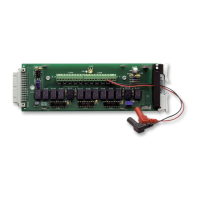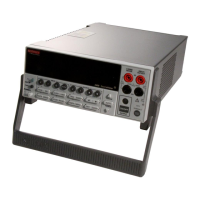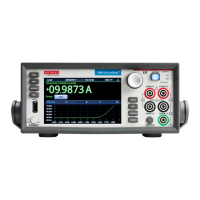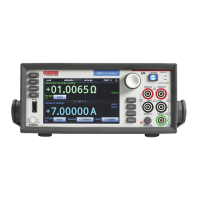4: Source-measure considerations Model 2450 Interactive SourceMeter® Instrument
4-14 2450-901-01 Rev. B/September 2013
Guarding
Guarding is an effective way to reduce the leakage current and capacitance that can exist between HI
and LO. A guard is a low impedance point in the circuit that is at nearly the same potential as the high
impedance lead that is being guarded. Use guarding when you are sourcing or measuring low current
(less than 1 μA) or when test circuit impedance is more than 1 GΩ. Also use guard in noisy
environments.
The rear panel of the Model 2450 includes an approximately 10 Ω driven guard at the SENSE HI and
FORCE HI connections. This guard is always enabled and provides a buffered voltage. For 2-wire
measurements, guard is at the same level as the FORCE HI voltage. For 4-wire measurements, it is
at the same level as the SENSE HI voltage.
To use the built-in guards of the Model 2450, you must use the rear-panel triaxial connections. There
are no guards available on the front panel.
Guard is at the same potential as output HI. Therefore, if hazardous voltages are present at
output HI, they are also present at the GUARD terminal. Failure to heed this warning may
result in personal injury or death due to electric shock.
Using guard with a test fixture
A test fixture is typically used when testing high-impedance devices. The test fixture reduces noise
and protects users from a potentially hazardous voltage on the guard shield.
To extend the guard to a test fixture, use a safety banana plug. Inside the test fixture, the guard can
be connected to a guard plate or shield that surrounds the DUT.
Connect the test fixture chassis to LO to reduce noise.
A safety shield must be used whenever hazardous voltages (>30 V RMS, 42 V peak) will be
present in the test circuit. To prevent electrical shock that could cause injury or death,
never use the Model 2450 in a test circuit that may contain hazardous voltages without a
properly installed and configured safety shield.
Inside the test fixture, a triaxial cable can be used to extend guard to the DUT. See the connection
diagrams on the rear panel of the instrument for the triaxial guard to conductor connections.
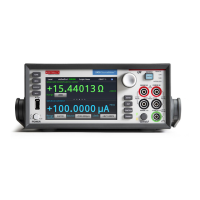
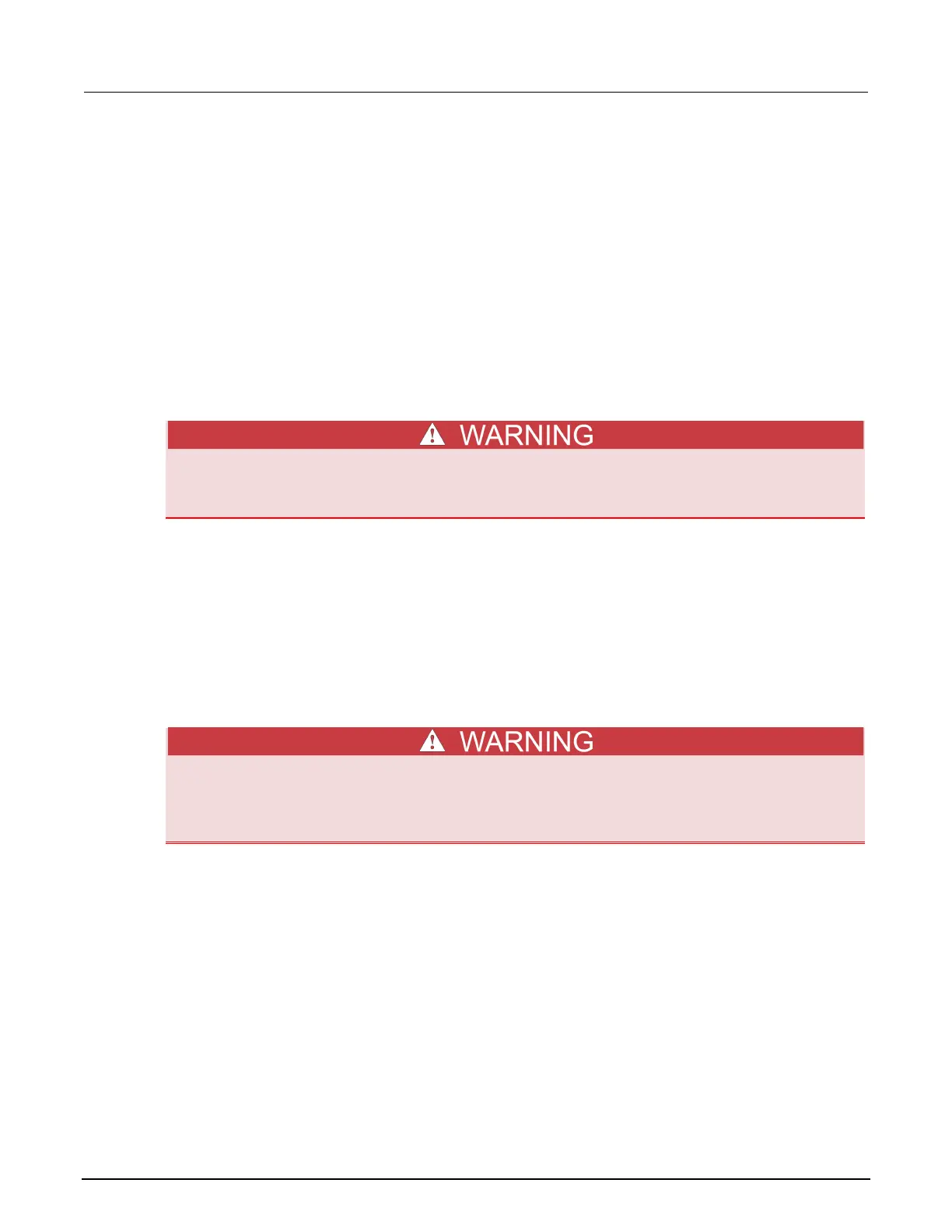